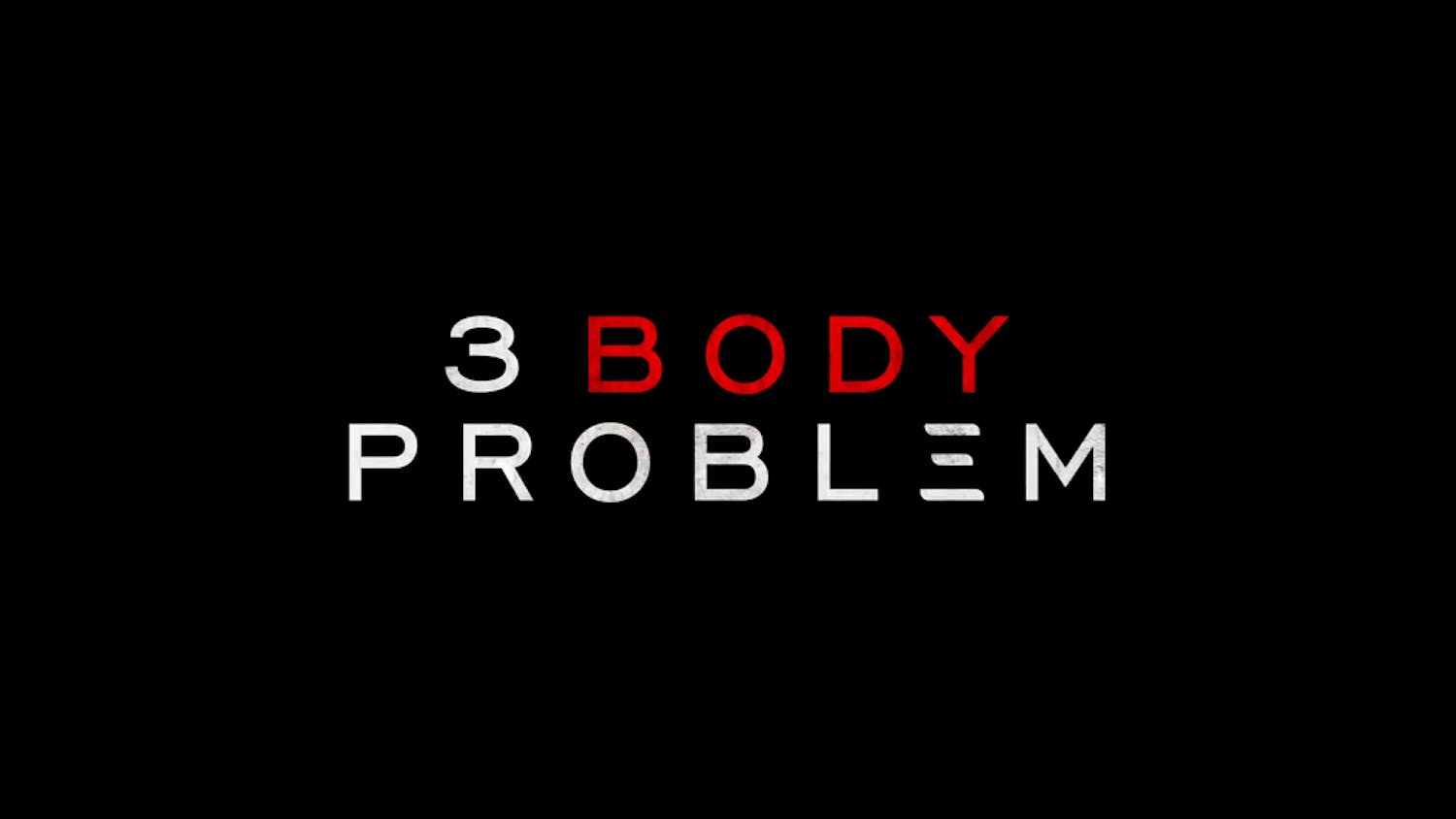In viewing conceptual art, it is often difficult to separate awe at the sheer meticulousness of the execution from an overall assessment of artistic merit. One can get swept away by the sheer force of precision such that it overpowers any inherent originality, leaving one with, say, a stack of incredibly detailed miniature Brillo pad boxes that add up to a whole bunch of derivative drivel.
"Brillo" and other conceptual installations from local artist Rachel Perry Welty are now on display at the Barbara Krakow Gallery on Newbury Street. Entitled "same difference," (pretentious lack of capitalization preserved) the exhibition does feature some standouts among the group of 13 pieces which represent the past two years of Welty's output. Still, a fair amount of the pieces fall resoundingly flat, giving off none of the spark or revolutionary energy that is so integral to the success of post-modern art.
In order to succeed in a world inundated with Banksys and Hirsts, an artist needs a certain shocking freshness - their pieces either need to slap you in your face or confound you into a profound sense of questioning and analysis. Much of Welty's work treads tired themes that do little to rouse a casual viewer beyond a general feeling of "Well, that's interesting."
The attack on consumerism, manifest so transparently in "Brillo" and Welty's other miniature box sculptures, is at least as old as pop art itself, and it has been done better before. If you're going to appropriate Warholian iconography, at least have the audacity to go big, to probe the questions that he, now transformed from an enfant terrible into a canonized historical figure, has lost in that transition. Welty's boxes, according to the requisite explanatory material, explore "the questionable benefit of abundance in a society inundated with things." The question begs to be asked - why did the artist not question the abundance of the very type of art she is using to critique abundance?
She attempts a certain kind of egalitarian stance by offering gallery cards printed with a limited edition do-it-yourself mini Brillo box. Simply cut it out and you own the art, apparently. There seems to be a fundamental flaw to that reasoning though, because she wants to rail against "conspicuous waste." Do we really need our own miniature Brillo box to remind us of the sins of frivolous consumption?
The invocation of Sept. 11 in the notes on "Messages," an oversized yellow legal pad covered with part of a year's worth of transcribed voicemail messages, seems heavy-handed, although it is merely par for the course. The artist tells us she wanted to convey the "fragility of oral history," using transcription as a means of evoking permanence and stability. It is a worthy topic for exploration, but one that also seems outmoded given the prominence of video installations and their reliance on words.
Today, paper is anything but permanent or stable; in fact, it is the height of precariousness, an endangered species threatened with imminent extinction.
The standouts of the exhibit rest on opposing walls, facing each other in a battle for artistic supremacy. "Take-Out" is certainly striking both for its scrupulous execution and its almost traditional ideal of aesthetic beauty. A modern take on the stuffy china cabinet, it uses the stark blankness of white Styrofoam containers as a backdrop for an intricate circular pattern rendered in blue ink. Like a virus, the pattern creeps over the posed elements as if overtaking the serene pacificity of the traditional blue-and-white design.
The most incredible piece is certainly "Ripe Fruit," a site-specific installation that features one of Welty's most favored media, the fruit sticker, cut and arranged as abstract circular figures on a stark white wall. Despite the piece's grandiose size, it demands close inspection by the viewer, who can only appreciate the play of language and color upon going toe-to-toe with the enigmatic orbs. If Welty is looking for a calling card and a meal ticket, this is her surest bet.
There is no doubt that Welty has talent - her many awards attest to this, as does her strong local following. Nevertheless, a certain reliance on outdated themes and lazy conceptual logic prevent her from attaining true greatness, at least in this exhibition. The potential is there, as is the dedication to precision, but the aura that surrounds great modern art has, for the moment, escaped her.





